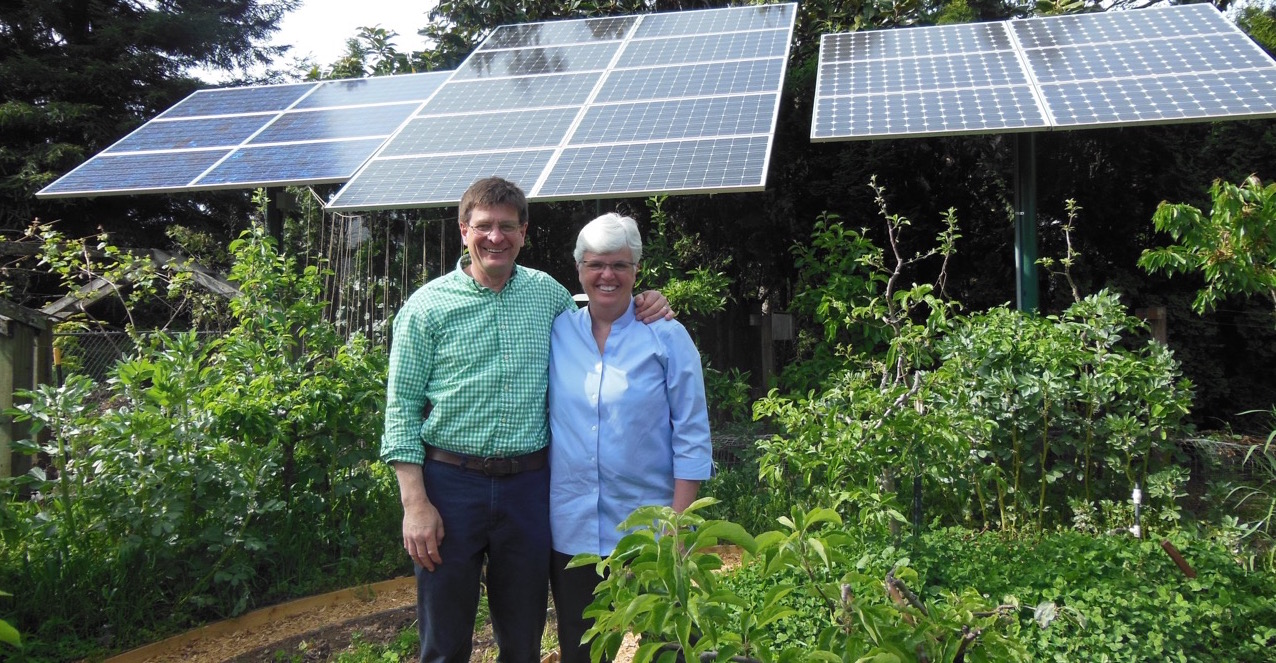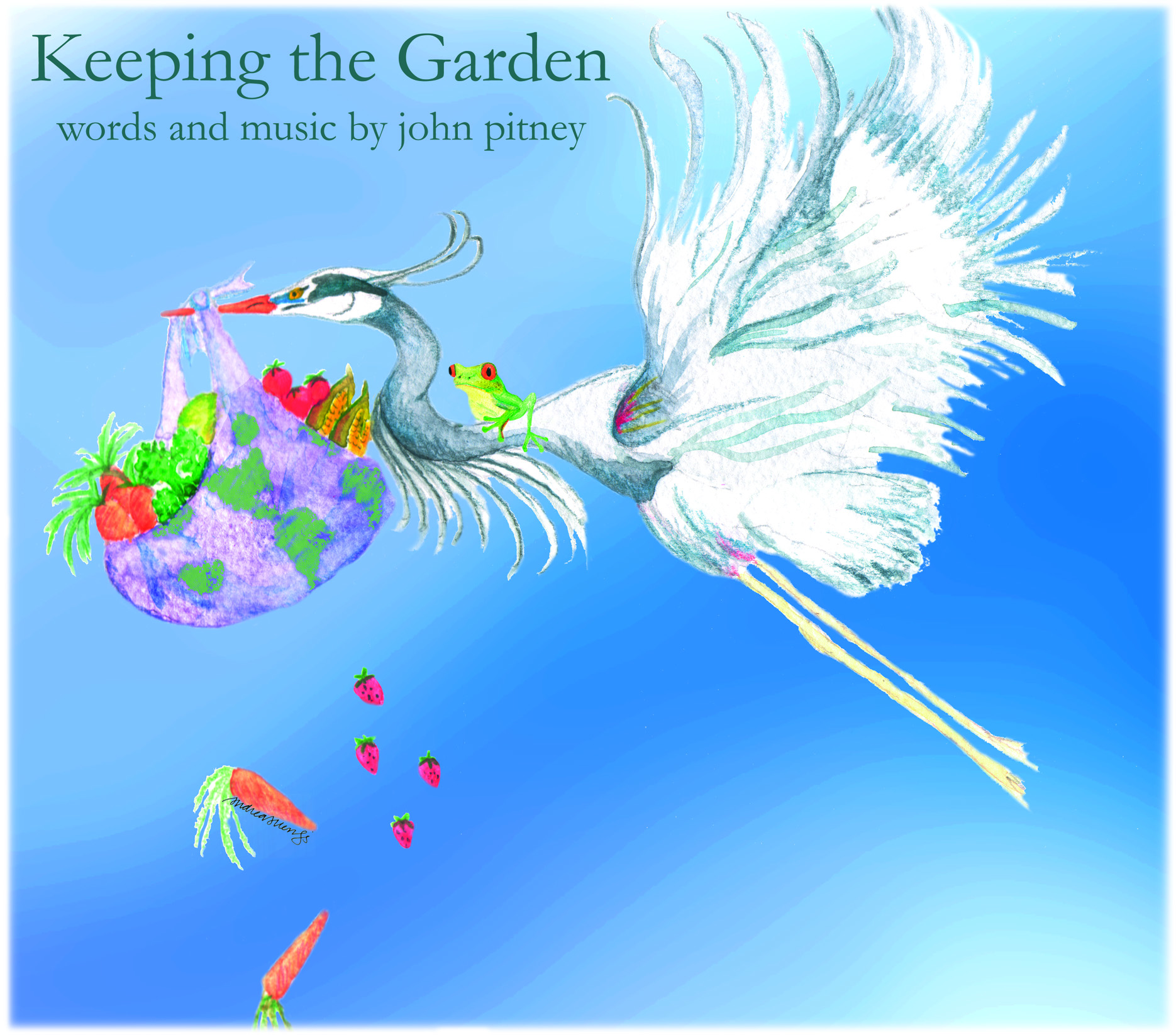In the day the Lord God made the earth and the heavens,
when no plant of the field was yet in the earth
and no herb had sprung up—-for God had not caused it
to rain on the earth—and there wasn’t yet a human to till
the ground…a mist went up from the earth and watered
the whole face of the ground. Then the Lord God formed the
human of dust from the ground and breathed into
human nostrils the breath of life and the human became
a living being.
-Genesis 2:4b-7
The scientist in me knows this ancient story isn’t fact, but my poet and theologian know it’s true. From water we are. Without water, we are not. As the glaciers supplying billions on Earth with life-giving water quickly turn to vapor, we must realize we haven’t really heard the facts or understood the poetry. The first Creation story in Genesis 1 begins with a black hole for sure, but, within it, something called Spirit moving over the face of the waters. In the second story, life begins with mist. And the Hebrew word we translate “breath of life” means, literally, “moistened breath.” It’s a great stir of fact and poetry. Human life from mist. All of life from mist. Think of it. How does the truth about water shape the way we live our lives and make human choices about water?
For me it’s important to start here. Our little water story somehow fits inside a larger drama about moisture and survival. When we started dreaming of our Net Zero energy home, the possibility of Net Zero water was a distant afterthought. Over the years we’ve played around with catching some rainwater in barrels and small tanks behind the shed, we’ve watered a few tomatoes with grey water. Nothing serious. But, as we progressed toward getting a builder and hiring an architect, how we would manage water on our place took on greater importance. That summer was another hottest summer on record. The small berg of Carlton, 10 miles north of us, was close to running out of water for the town. They actually asked the citizens to ration and only use water every other day. They refused. Who thinks of water scarcity in rainy W. Oregon?
So, if we were going to do our best to build a house that would conserve electricity to the extreme, why wouldn’t we want to do the same with something as precious as water? So I started doing the research and, when the time came to begin putting dream into design, I was ready to say we wanted to collect as much rain as possible from our roof and use it for everything in our house and on the property.
Our builder and architect were both excited about the possibility, but their vision was small. It was the part of our project with which we all had the least experience. The first drawings included a 15o0 gallon tank behind the house for rain catchment with the assumption we could use it to water the garden but nothing else. The goal of catching enough rainwater to drink, wash, flush and garden and do it year around through rainy Oregon winters and long-hot-dry Oregon summers needed to seep in as our planning progressed. As I talked to people with more experience, it was sounding to me like we were going to need 8,000-1o,000 gallons of storage. Where was storage going to fit on a regular sized city lot? What will the plumbing require? And what about city codes? You know how people have to hear a new idea at least 7 times before they can finally grasp it? They kinda laughed at me when I suggested 8-10,000 gallons the first time, but after about 7 conversations, the concept finally began to show up on the blueprints and it became part of our budget.
Then I started to panic. The comprehensive system I had lobbied for, was now in the works, but, even though our builder was confident we could figure it out, I was skeptical! I was the one doing all the research and installing a good system looked pretty technical to me. It was actually way late in our planning, after construction began, we had the serendipity of discovering our rain system contractor. Located in Oregon City, Oregon Rain Harvesting (www.OregonRainHarvesting.com, 503-680-3460) does nothing but install coded rain catchment systems. I tripped over them one day when Debbie and I were driving all over Portland to find the rain gutter covers we were going to need.
Rather she was driving and I was working the smart phone. When I found the company online it was such a relief. Then I talked with owner, Michael Martins, and was triple-relieved! He told me their company was currently working 4 different jobs where they had to start by ripping out all the incorrectly installed systems the homeowners had begun themselves before they discovered they were over their heads. Whew!
Watch and listen as our Contractor, John Mead, of Cellar Ridge Construction, briefly describes our rain catchment system while it was still in the process of being installed. I will follow this blog with another, showing what the system has become in full operation.
If you’d like to read the next installments in my series on our rainwater catchment system, you can do so at the following links:









Recent Comments